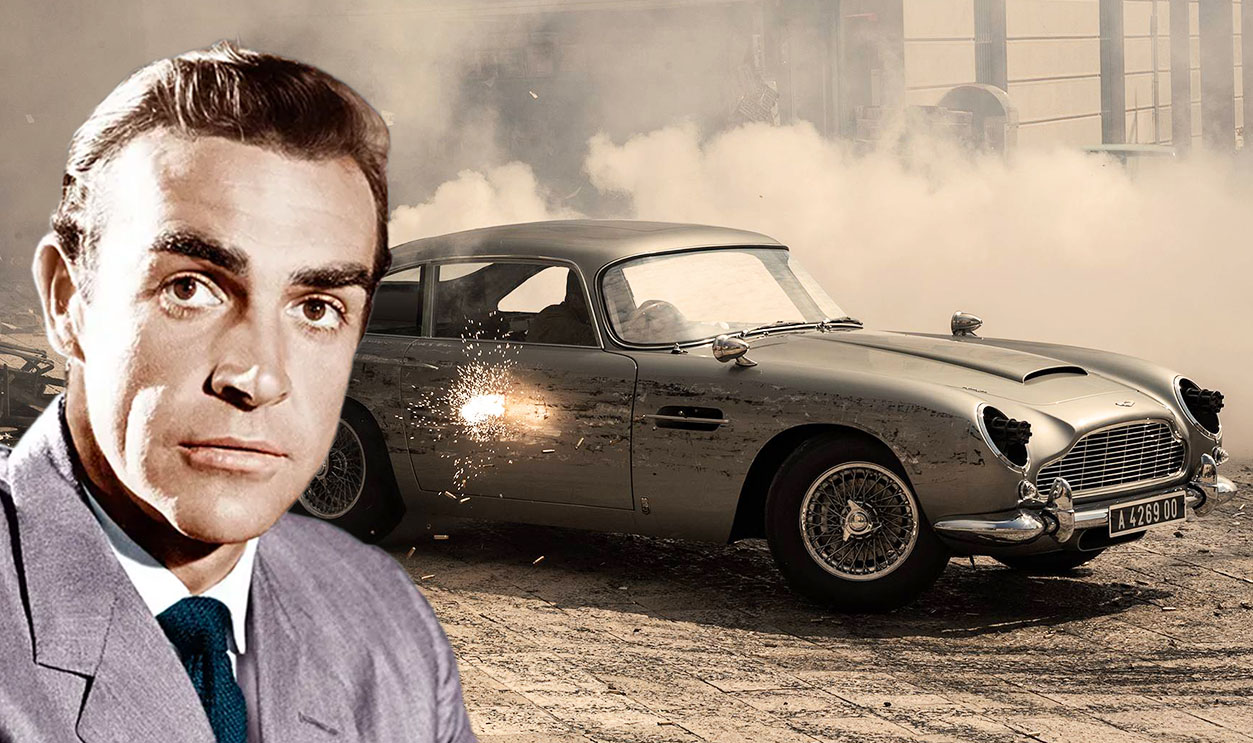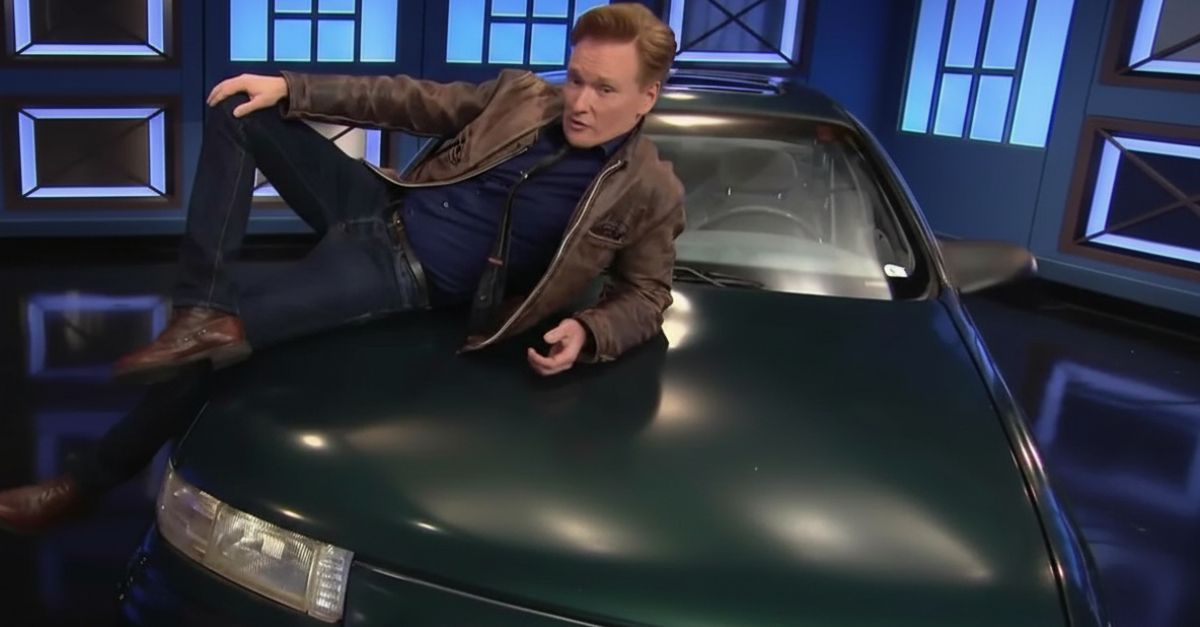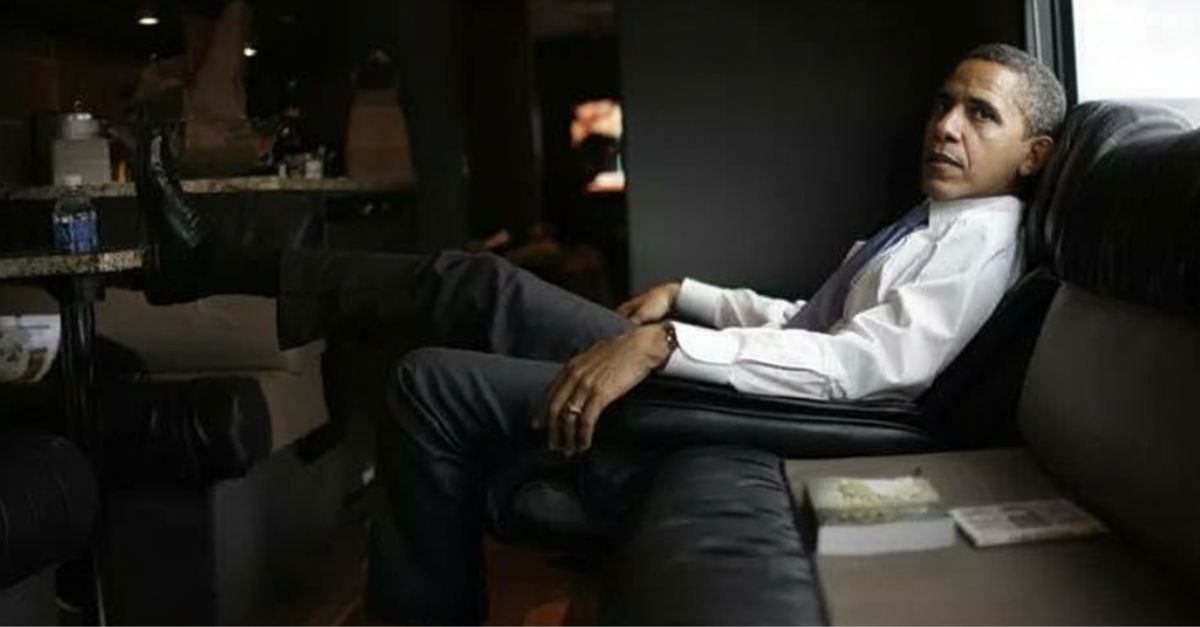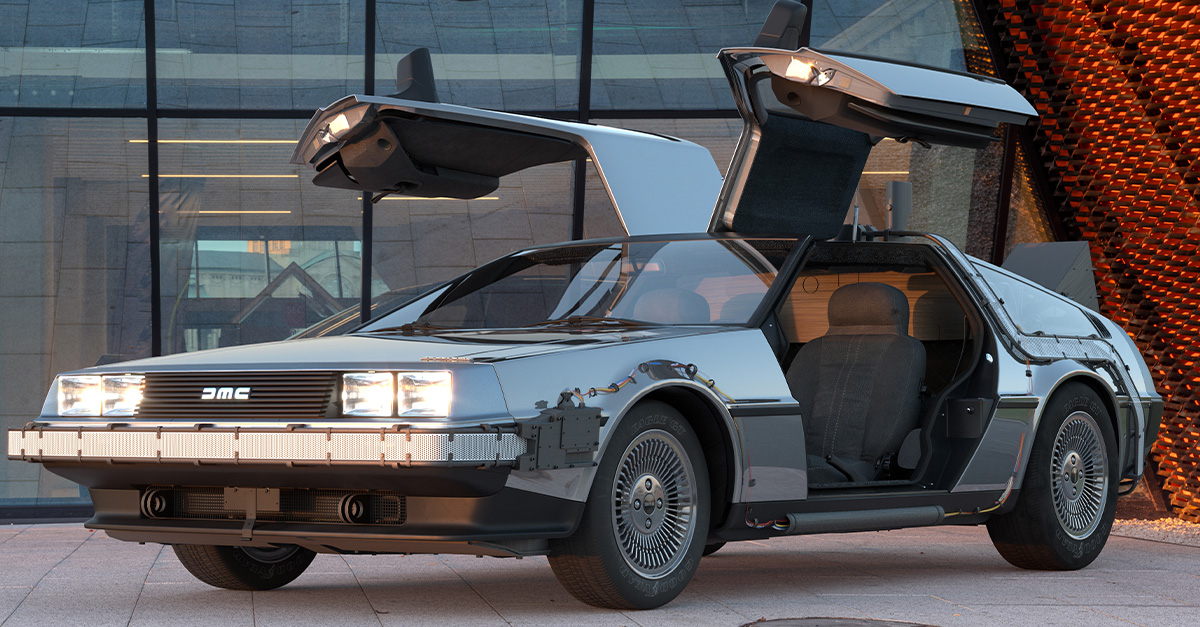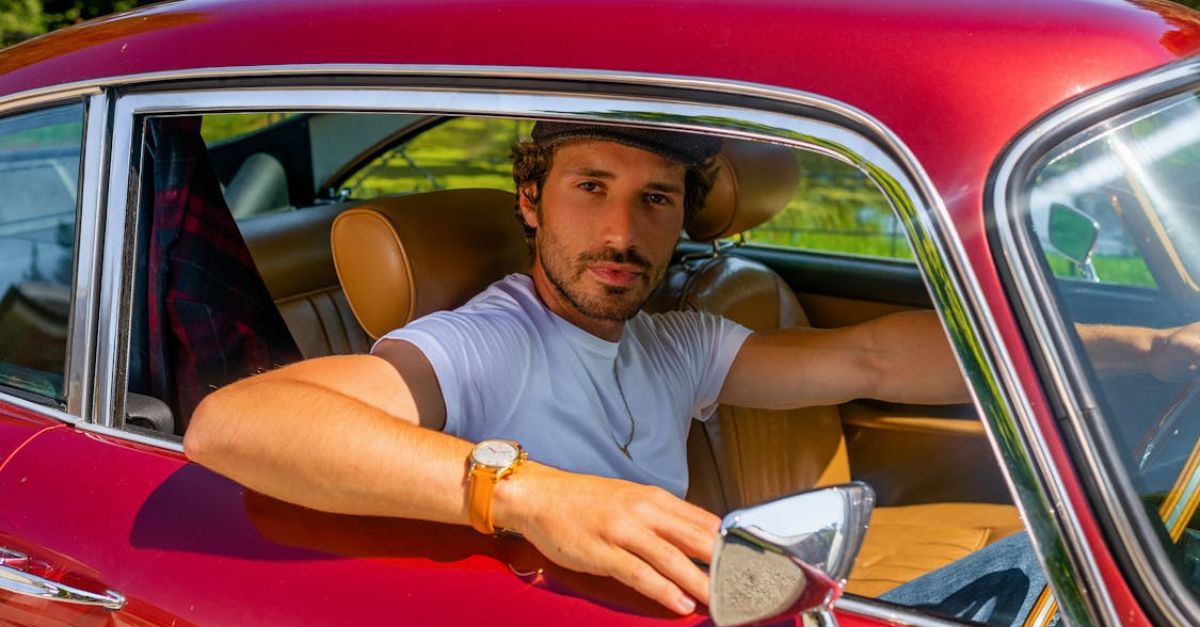All That Glitters Isn’t Horsepower
There’s nothing like a car on the big screen to make your jaw drop or your heart race. Those machines drive, fly, and explode like they own the universe. But in the real world? Not so much. Once the cameras stopped rolling, these so-called icons reveal sluggish engines, clumsy handling, and a whole lot of disappointment.
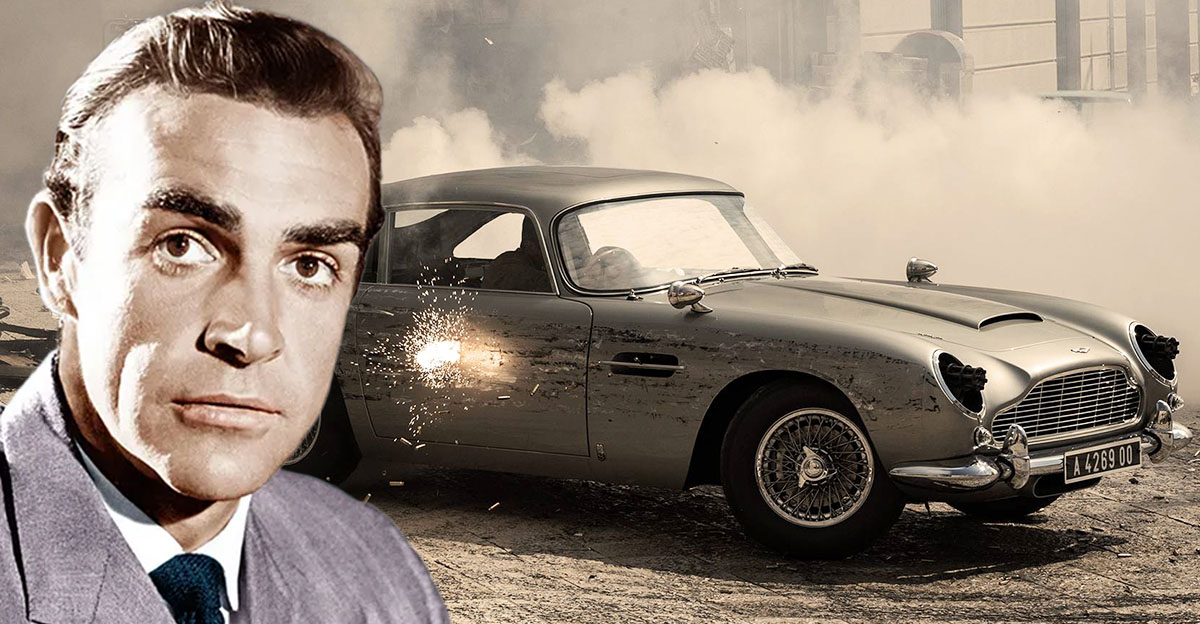
DeLorean DMC-12 (Back To The Future)
Doc Brown’s time machine looked futuristic with gullwing doors and stainless steel bodywork, but reality was less magical. Its V6 pumped out just 130 hp, resulting in 0–60 times of over 10 seconds. Build quality was poor, reliability questionable, and handling uninspired. Movie magic gave it a legacy, but in the real world, the DeLorean was more style than substance.
 Universal Pictures, Back to the Future Part III (1990)
Universal Pictures, Back to the Future Part III (1990)
Renault 20 (A View To A Kill)
James Bond deserves Aston Martins, not mid-market French hatchbacks. On screen, the Renault 20 got stunt-driven through Paris, but in real life it was underpowered and uninspiring. With 64 hp in base form and sluggish acceleration, it struggled to climb hills with confidence. For everyday French families, it was transportation. For 007? A step down in cool factor.
Ford Thunderbird (Die Another Day)
Bond’s Thunderbird looked dramatic against Iceland’s icy backdrop, but reality was less glamorous. By the early 2000s, the revived T-Bird was more retro cruiser than sports car. Its 280-hp V8 couldn’t overcome heavy weight and lackluster handling. Owners complained about build quality, plastic interiors, and uninspiring road performance. It was great for Hollywood wide shots, not thrilling Sunday drives.
Plymouth Valiant (Duel)
Spielberg’s Duel made the Valiant famous as the everyman’s car stalked by a menacing semi-truck. In real life, though, the Valiant was basic family transport. Its six-cylinder engines ranged from 100–145 hp, making it slow and uninspired. Rugged reliability was a plus, but nothing about it screamed excitement.
 Universal Pictures, Duel (1971)
Universal Pictures, Duel (1971)
Citroën 2CV6 (For Your Eyes Only)
Roger Moore’s Bond escaping in a humble 2CV made for charming cinema, but the car itself was comically underpowered. Its tiny 602 cc twin produced a mere 29 hp, leaving top speed around 65 mph. Suspension was soft and rolly, handling was vague, and acceleration was glacial. Fun for a French country road, but hardly worthy of MI6 heroics.
 United Artists, For Your Eyes Only (1981)
United Artists, For Your Eyes Only (1981)
Volvo XC90 R-Design (3 Idiots)
The Bollywood blockbuster showcased the XC90 R-Design as a status symbol. It looked sleek with sporty trims, but performance was modest for its size. Its engines prioritized efficiency over power, and handling was tuned for comfort rather than sharpness. Compared to German rivals, it felt sluggish. Stylish, safe, and tech-packed, yes, but its screen presence overshadowed a less exciting real-life experience.
 Vinod Chopra Films, 3 Idiots (2009)
Vinod Chopra Films, 3 Idiots (2009)
Volvo C30 (Twilight)
Edward Cullen’s Volvo C30 looked chic and moody, perfect for a vampire. But under the hood, most versions had small four-cylinder engines producing modest output. Even the sportier T5 topped out around 227 hp—fine, but not supernatural. Handling was capable but uninspiring, and the interior felt cramped. Cool in Twilight, but real-world drivers found it more sensible hatchback than dream machine.
Yugo (Drowning Mona)
In Drowning Mona, Yugos dominate the quirky small-town scene—a thinly veiled nod to low-status cars. In real life, they’re infamous for poor reliability and performance. Jeremy Clarkson once quipped that even wildlife would overtake one. Cheap materials, weak engines, and constant breakdowns cemented its reputation as one of the worst cars ever built, turning it into an automotive punchline across decades.
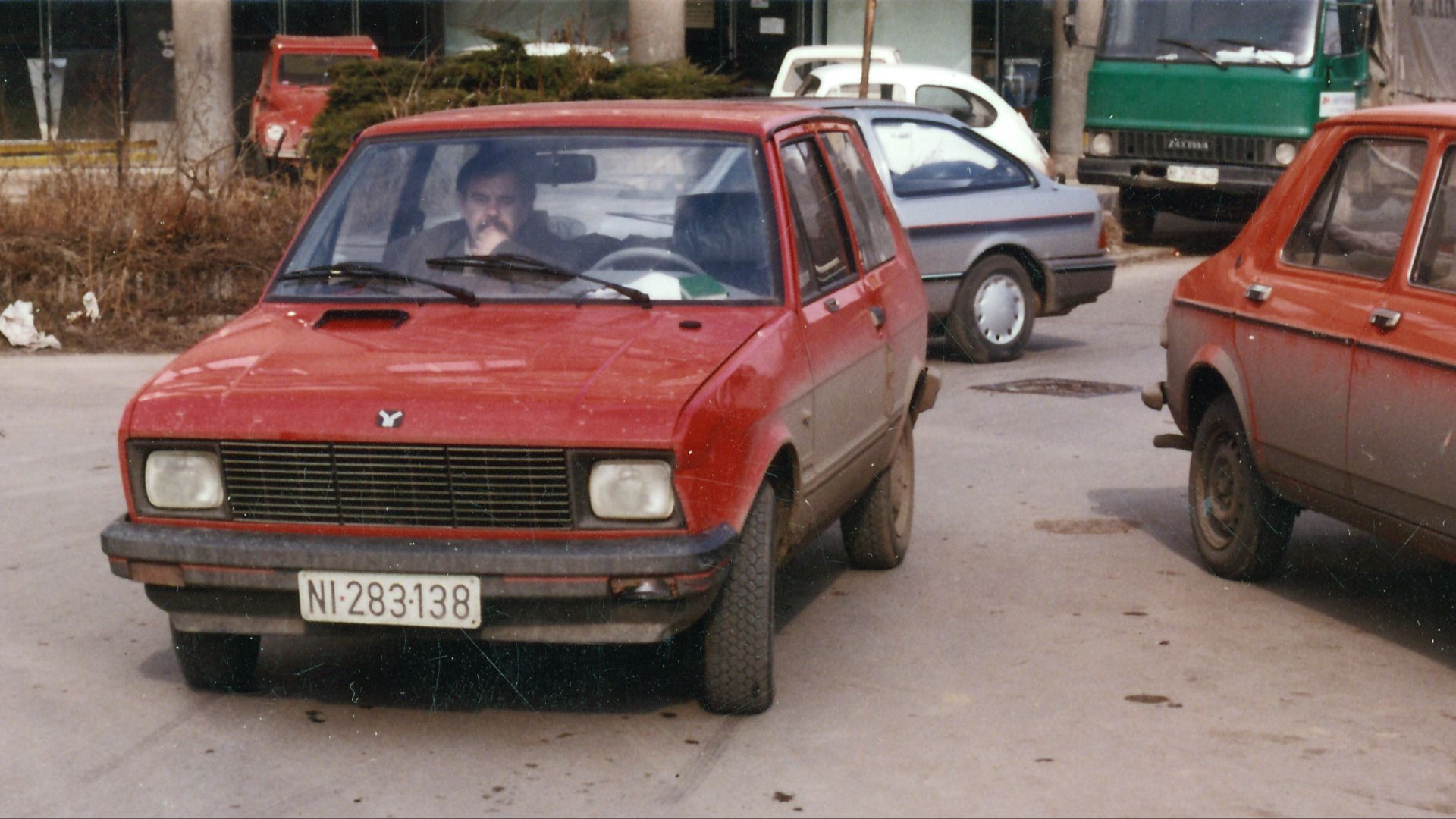 Miomir Magdevski, Wikimedia Commons
Miomir Magdevski, Wikimedia Commons
Lexus SC430 (Mean Girls)
Regina George rolling up in her Lexus SC430 screamed rich-girl luxury, but owners quickly learned it was more yacht than sports car. Its 300-hp V8 sounded promising, but the car’s soft suspension and heavy weight meant lackluster performance. Critics often called it “the worst sports car Lexus ever made”.
 Hatsukari715, Wikimedia Commons
Hatsukari715, Wikimedia Commons
Vauxhall Astra (Hot Fuzz)
As the patrol car in Hot Fuzz, the Astra was hilariously ordinary next to big-screen chase clichés. In reality, most Astras were front-wheel drive econo-hatches with modest four-cylinder engines. Practical, efficient, and affordable, but hardly thrilling. Even sportier trims didn’t impress driving enthusiasts.
 Universal Pictures, Hot Fuzz (2007)
Universal Pictures, Hot Fuzz (2007)
Land Rover Defender (Lara Croft: Tomb Raider)
Lara Croft’s custom Defender was all rugged glam on screen, tearing through jungles with unstoppable charm. In real life, though, older Defenders were agricultural beasts. Slow diesel engines, heavy clutches, vague steering, and poor refinement made them challenging daily drivers. They were unstoppable off-road but exhausting on pavement. Stylish in Hollywood, frustrating in traffic—unless you had Lara’s charisma.
 Motorweek 2001 Land Rover Defender 110 Tomb Raider Edition, Hondata97
Motorweek 2001 Land Rover Defender 110 Tomb Raider Edition, Hondata97
Dodge Charger “General Lee” (The Dukes Of Hazzard)
The General Lee made TV history with jaw-dropping jumps and tire-squealing slides. In reality, those stunts destroyed dozens of Chargers because their heavy bodies and poor suspension couldn’t survive. Handling was clumsy, braking weak, and safety nonexistent. Behind the nostalgia was a car built for straight-line cruising, not acrobatics. Cool on screen, a handful off it.
 Warner Bros. Pictures, The Dukes of Hazzard (2005)
Warner Bros. Pictures, The Dukes of Hazzard (2005)
Pontiac Aztek (Breaking Bad)
Walter White’s ride became a pop-culture icon thanks to Breaking Bad. But the Aztek itself? Universally panned as one of the ugliest cars ever made. Its underpowered V6 and plasticky interior didn’t help either. GM marketed it as a rugged crossover, but buyers weren’t fooled. It bombed in showrooms and became a punchline, saved only by its TV stardom.
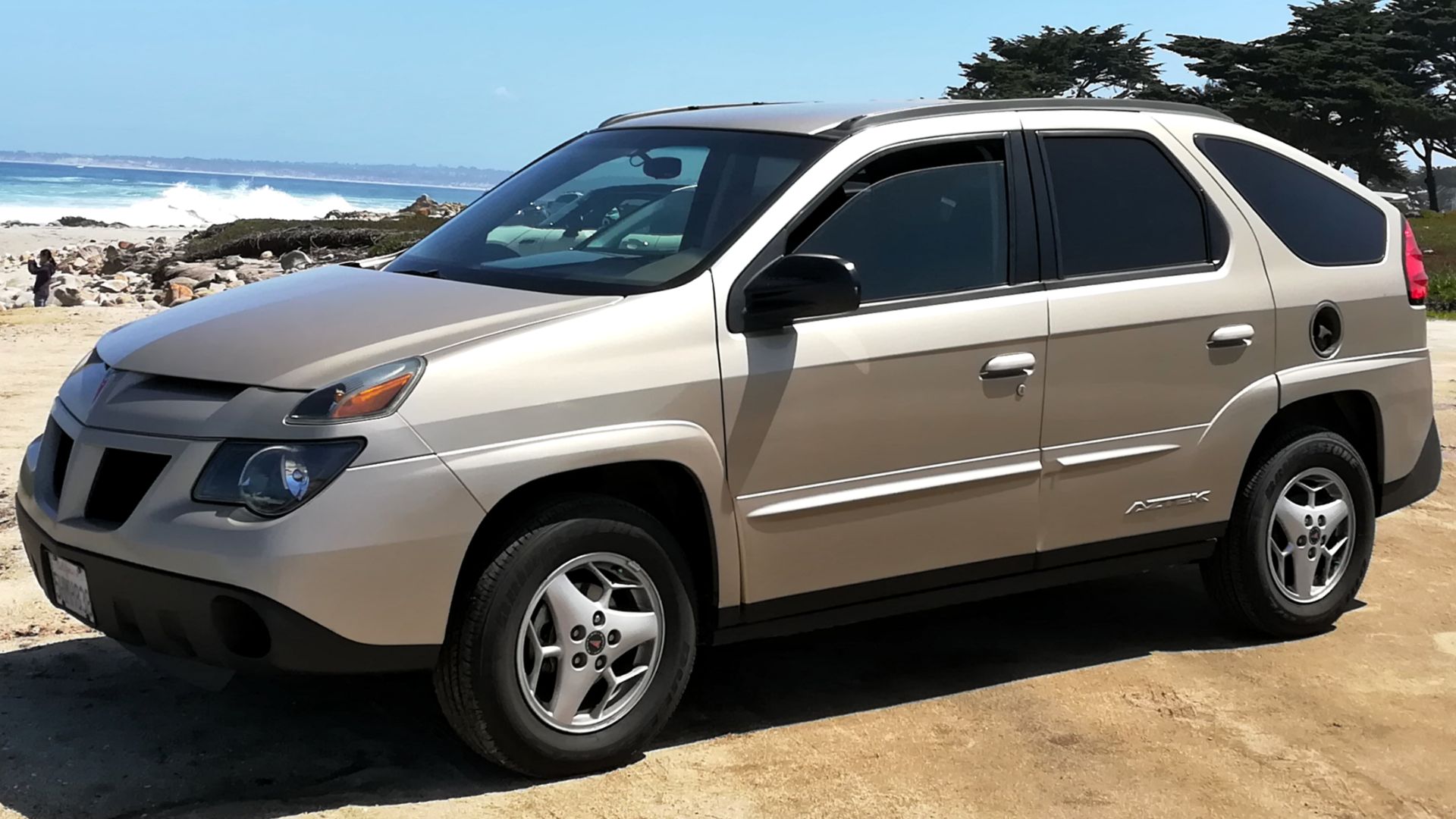 Alexander Migl, Wikimedia Commons
Alexander Migl, Wikimedia Commons
Knight Rider’s KITT (Knight Rider)
KITT was the fantasy car of the 80s: talking, turbo boosting, self-driving magic. But the Pontiac Trans Am it was based on wasn’t nearly as impressive. With 145–170 hp from a V8 strangled by emissions, it was slow for its looks. Interiors were plasticky, handling was mediocre, and reliability issues plagued the model. Michael Knight got a superhero car; real owners didn’t.
 Universal Television, Knight Rider (1982)
Universal Television, Knight Rider (1982)
Ferrari F355 (Mission: Impossible II)
Few things look better than Tom Cruise blasting through Australia in a Ferrari F355. But ownership proved tricky. Its 3.5L V8 was glorious, but maintenance was nightmarish—timing belt changes required dropping the engine, costing thousands. Reliability was spotty, electronics temperamental, and build quality questionable. Beautiful to look at, thrilling to hear, but often a headache in the garage.
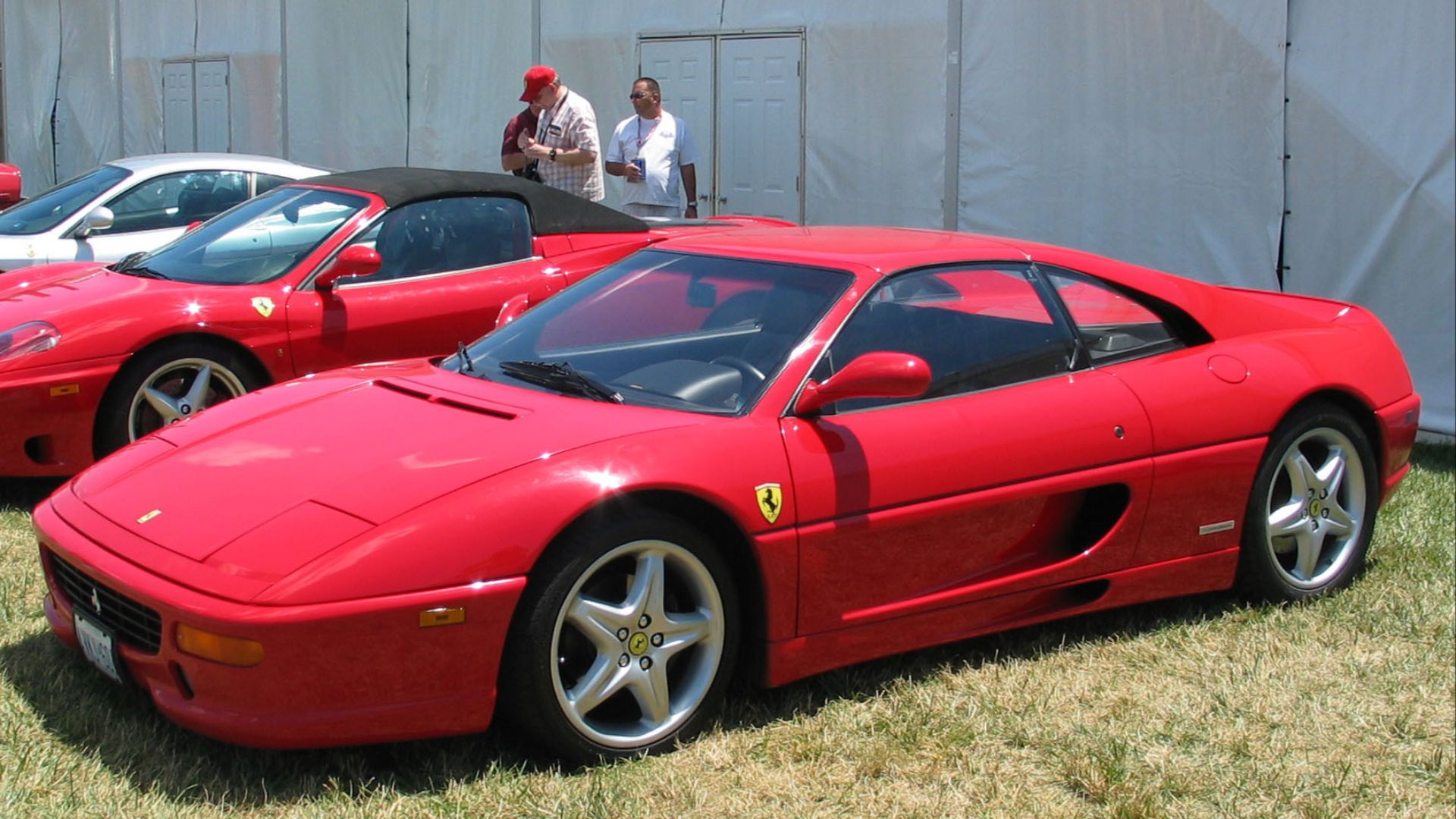 Chris J. Moffett, Wikimedia Commons
Chris J. Moffett, Wikimedia Commons
Toyota Supra Mk IV (The Fast And The Furious)
The Mk IV Supra became a legend thanks to Brian O’Conner’s orange beast. In stock form, though, it was less intimidating—220 hp in base trims, 276 hp in the turbo. Plenty of potential for tuning, but everyday versions were heavy and not especially fast. Without heavy mods, the “10-second car” was just another 90s coupe with Toyota reliability.
 Universal Pictures, The Fast and the Furious (2001)
Universal Pictures, The Fast and the Furious (2001)
Cadillac Eldorado (Goodfellas)
Henry Hill’s flashy Eldorado screamed mobster luxury in Goodfellas, but the real thing wasn’t nearly as glamorous. By the late 70s and early 80s, Eldorados were bloated, slow, and plagued by quality issues. Underpowered V8s struggled to move their bulk, and interiors were more kitsch than class. Great for cinematic swagger, but a snooze to actually drive.
 Warner Bros. Pictures, Goodfellas (1990)
Warner Bros. Pictures, Goodfellas (1990)
Aston Martin DB5 (Goldfinger)
Perhaps the most iconic Bond car ever, but not without its flaws. The DB5’s 4.0L inline-six produced 282 hp—respectable then, but modest now. Heavy steering, body roll, and weak brakes made it more boulevard cruiser than performance weapon. Gorgeous to look at, yes, but anyone expecting Bond-level agility in real life found themselves disappointed.
 United Artists, Goldfinger (1964)
United Artists, Goldfinger (1964)
Volkswagen Beetle (Herbie: The Love Bug)
Herbie the Love Bug won races, climbed mountains, and practically had a personality of its own. In reality, though, the VW Beetle was slow, cramped, and underpowered. Early models made as little as 25–40 hp, and even later ones struggled to break 60 mph comfortably. Quirky charm aside, it was never a performance car. Disney magic made it a hero, but in real life, it was a budget commuter at best.
 Walt Disney Productions, The Love Bug (1968)
Walt Disney Productions, The Love Bug (1968)
The Mystery Machine (Scooby-Doo)
Cartoon magic made the Mystery Machine a groovy icon. But real-world vans of the 1960s and 70s were slow, unsafe, and clumsy. Engines wheezed out under 100 hp, handling was wallowy, and safety tech was nonexistent. Painted vans may bring nostalgia, but daily driving one would be far from fun—unless solving mysteries at 40 mph is your idea of adventure.
 Warner Bros. Pictures, Scooby-Doo (2002-Present)
Warner Bros. Pictures, Scooby-Doo (2002-Present)
You May Also Like:
Legendary Cars That Were Destroyed In Movies—And It Hurt
The Best Movie Cars From Non-Car Movies

